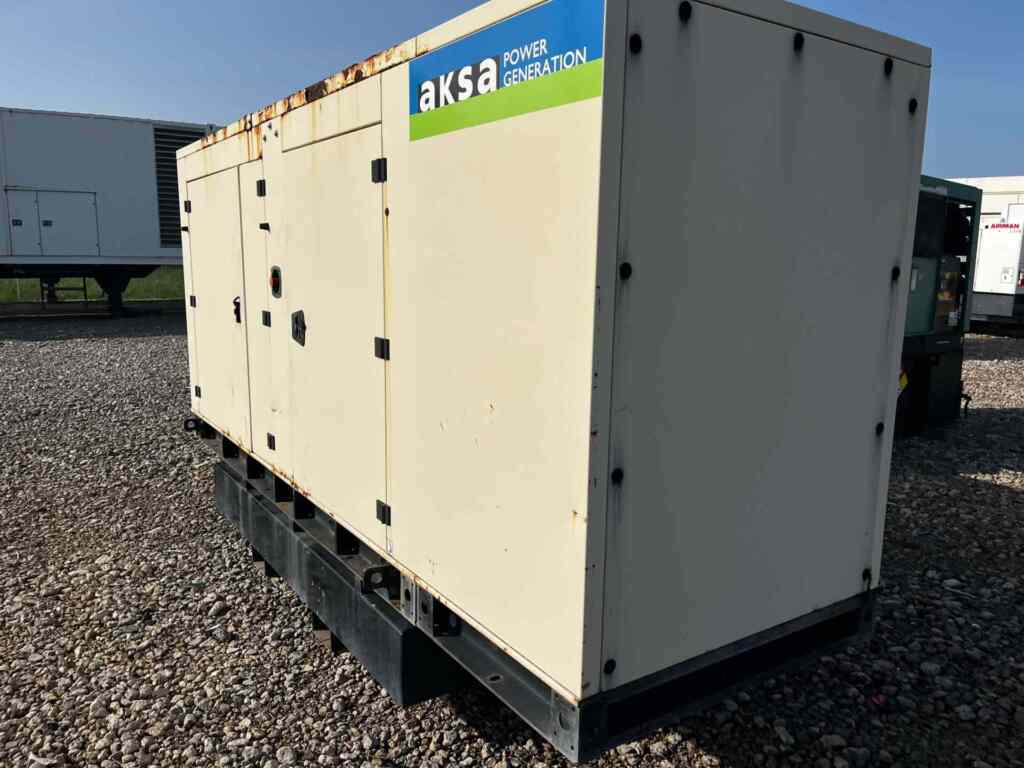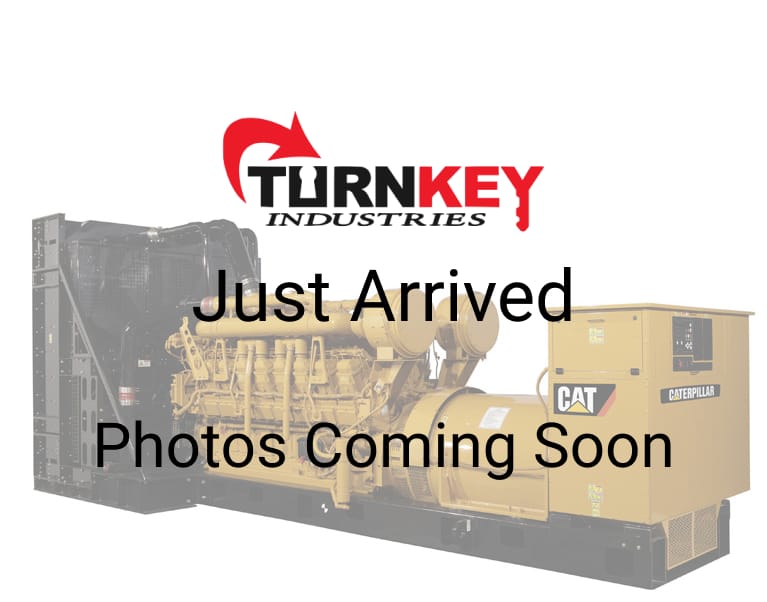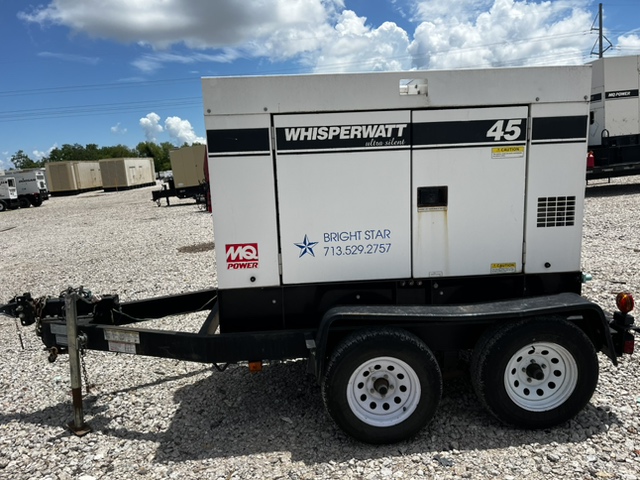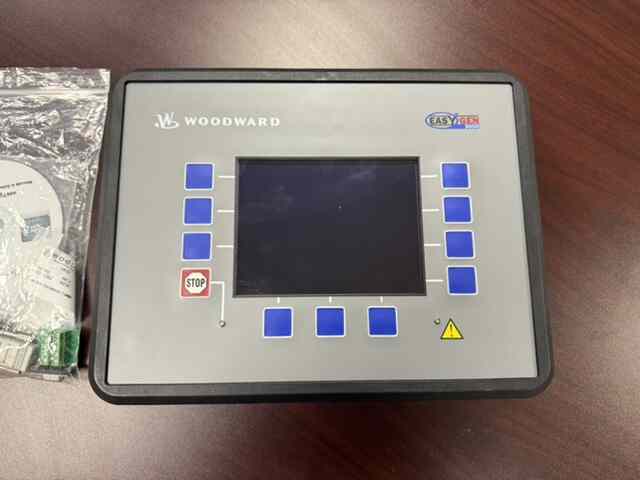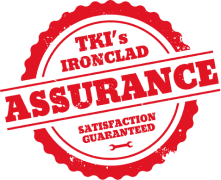In 1970, the U.S. government introduced the Clean Air Act. Since then, significant strides have been made to improve the nation’s air quality. Over the ensuing years, the Environmental Protection Agency (EPA) has continuously reviewed and expanded the original regulations outlined in the Clean Air Act to help reduce harmful emissions. As a result, strict standards have been gradually implemented for industrial engines and generators, which are assigned power level tiers to regulate pollutants.
What are the emissions that the EPA is seeking to reduce? These emissions include:
- Nitrogen oxides (NOx)
- Hydrocarbons (HC)
- Carbon monoxide (CO)
- Particulate matter (PM)
- Non-methane hydrocarbons (NMHC)
Diesel exhaust is included as one of these harmful emissions, so the regulations outlined in the Clean Air Act have had an impact on on-road and off-road vehicles and engines, including stationary diesel engine generator sets. Although these restrictions may sound as if they have caused hardship for this industry, they have led to engine improvements that reduce emissions and boost performance.
What Are Power Level Tiers And How Do They Impact Generators?
To make this transition process go smoothly, the EPA designed a power tier system for generators that would accommodate the changeover to more efficient machines. Below you will find an outline of the four power level tiers for generators and their emissions ratings.
Currently, all engines (with very few exceptions that can be found on a generator rating chart) are Tier 4 Final Level engines. This means that the engines are designed to emit reduced harmful emissions, including diesel oxidation catalysts (DOCs), diesel particulate filters (DPFs), and selective catalytic reduction (SCR) systems.
- Tier 1 standards focused on diesel equipment under 37 kW (50 hp) with a phase-in period from 1996 to 2000. This power tier provided the first set of emission standards and covered all new non-road mobile diesel engines, regardless of horsepower categories, except engines used in locomotives and marine vessels.
- Tier 2 standards were published in 1999. These regulations addressed NOx (a generic term for the mono-nitrogen oxides NO and NO2), carbon monoxide, unburned hydrocarbons, and particulate matter emitted. Tier 2 covered all engine sizes from 2001 to 2005.
- Tier 3 standards were put into play between 2006 and 2008, and restricted exhaust emissions for engines between 50 and 750 hp. This power level tier limited sulfur emissions for engines that used diesel fuel, including generators.
- Tier 4 standards were signed into law in 2004, with a phase-in period between 2008 and 2015 being required. These newest standards required a 90 percent reduction of NOx, particulate matter, and hydrocarbon emissions. The emission reductions were expected to be achieved through the advanced after-treatment of exhaust gas, among other technologies.
Complying With EPA Emissions Standards
If you are in the process of purchasing a generator, you may be wondering if you need to worry about power level tiers for generators. Understanding EPA emissions standards and their influence on your generator purchase is crucial to avoid expensive fines and maximize your investment in an industrial generator for long-term performance and compliance. Simply put, all generators must meet current EPA standards or the operator could face a fine of up to $25,000 per day. Here are three key points to remember:
- New generators must meet EPA standards for the year of manufacture.
- As of 2015, all non-road engines must meet Tier 4 regulations. (This includes diesel gen-sets.)
- Standby, emergency use generators, however, are only required to meet Tier 2 and 3 standards.
Buying a Tier 4 generator ensures that your generator meets current standards and provides long-term assurance that your purchase will remain compliant with EPA regulations. A generator with the highest tier rating also offers the newest technologies. The advantages of a Tier 4 generator include increased fuel efficiency, cutting-edge performance technologies, operational noise reduction, smooth operation, less maintenance, and lower operating costs.
Does My Generator Rating Affect Its Required Tier?
A generator’s rating is a specified set of operating values provided by the particular manufacturer. These ratings are typically expressed in Kilowatt (kW) and Kilo-volt-amperes (kVA) at certain voltage and frequency outputs. However, it is important to note that generators are also rated based on their actual application. These ratings can be confusing, so consulting a generator rating chart or talking to a professional is advised before you make a final purchase.
- Standby Power Rating – This rating describes a generator set used for emergency or backup power for a facility when the normal power supply fails. In this application, the generator set is capable of providing emergency backup power for the duration of an outage. A standby generator should run at no more than 70 to 85 percent of the maximum load for shorter durations. Most manufacturers may limit on the hours of operation per year, typically between 200-500 hours. Standby generators are required to meet Tier 2 and 3 Emission Standards.
- Prime Power Rating – Prime generators are used as the main source of electrical power for an off-grid facility or at a job site where utility power is not available. Prime power generators are designed to operate for long periods at variable loads and are considered non-emergency generators. A typical prime power generator set may operate an unlimited number of hours per year but with a lower power output than a standby generator. Prime power generators are required to meet Tier 4 Final Level Emission Standards.
- Continuous Power Rating – Continuous power generators can run at this rating for an unlimited number of hours per year, typically for base-loading applications in parallel with the utility and co-generation applications. Because a continuous power generator is considered a non-emergency use generator, it must meet Tier 4 Final Level Emission Standards, also.
While generator ratings and power level tiers can be confusing, it is important to purchase one that falls within the required standards to meet EPA regulations. Consulting with a professional and experienced retailer will guarantee you get the right generator for the job, and that the generator you purchase meets all federal power tier requirements. This will help protect your investment and guarantee that you do your part to decrease harmful emissions.
 Turnkey Industries offers a variety of high-capacity
Turnkey Industries offers a variety of high-capacity 